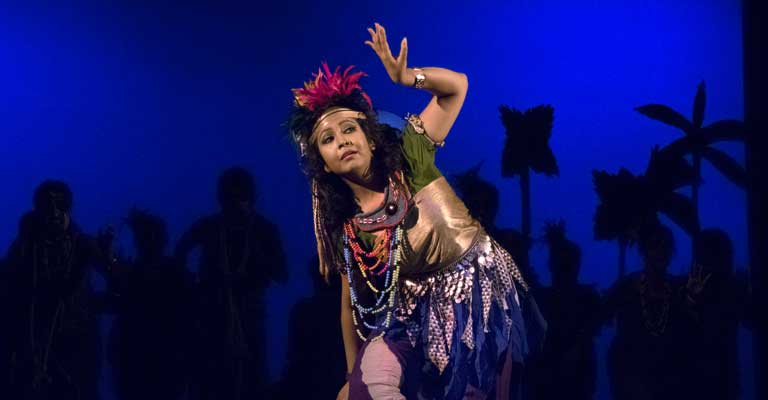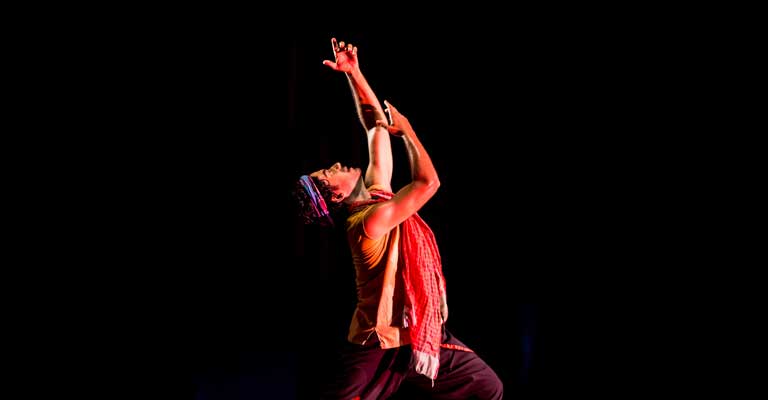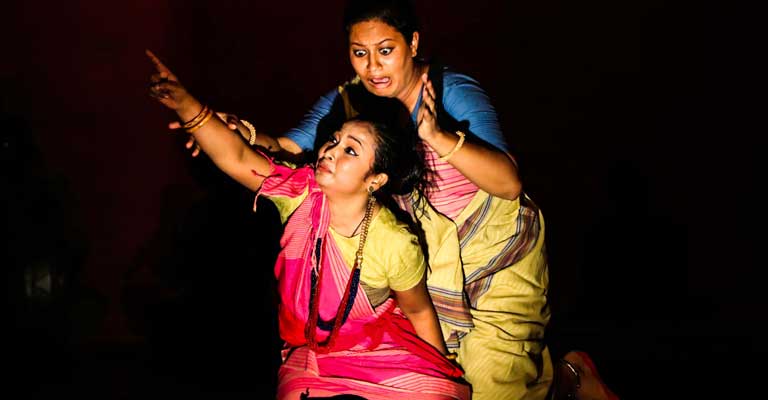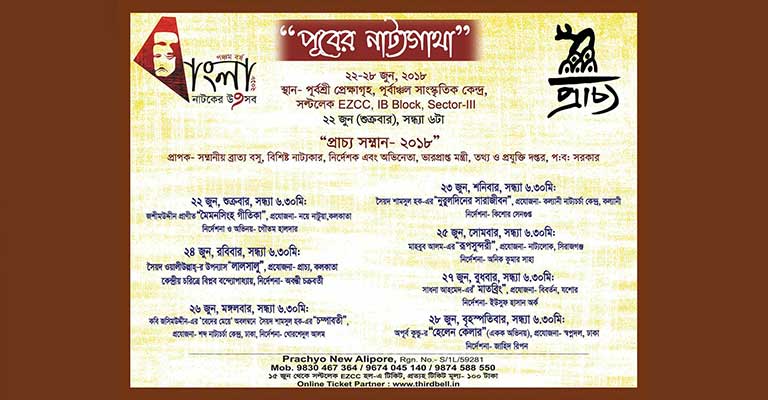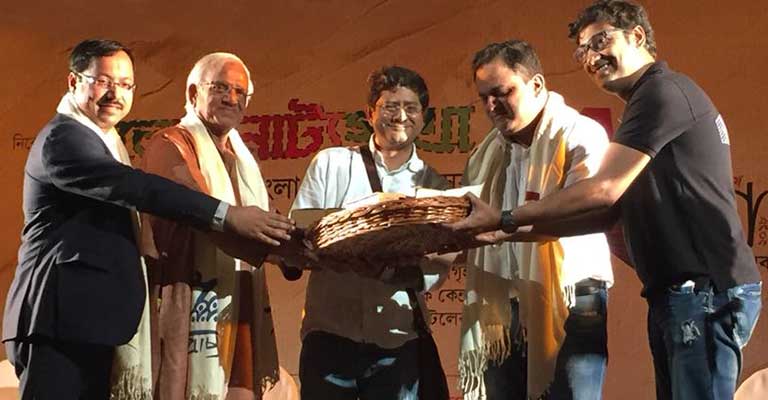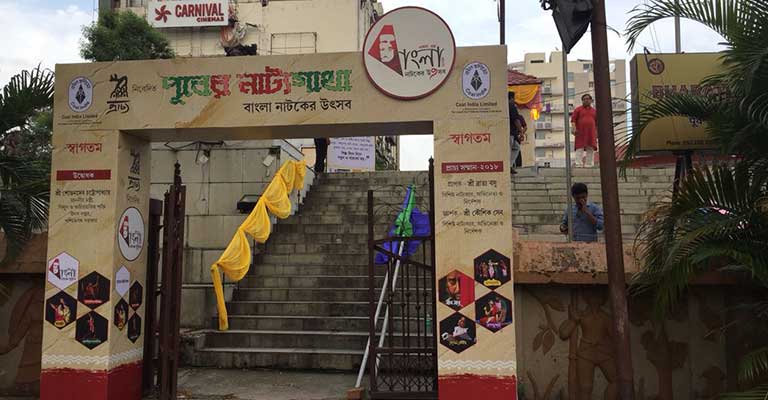The book contains ten ballads ‘Malua, Chandravati, Kamala, Dewan Bhabna, Dosyu Kenaramer Pala, Rupabati, Kobko O Leela, Kajolrekha and Dewan Madina. The names of the writers of some of the ballads are known from their ritualistic introduction. For instance, Mahua’s writer was Dwij Kanai, Chandravati’s writer was Nayanchand Ghose, Kamala’s writer was Dwij Eishan, Dasyu Kenaramer Pala’s writer was Chandravati and Dewan Madina’s writer was Mansur Bayati. The names of four writers are mentioned for Konka O Leela ‘ Damodar Das, Roghu Soot, Sreenath Binod and Nayanchand Ghose. The names of the writers of the other ballads are not yet known. The ballads having names of their writers are however indistinguishable in poetic style. In fact, they largely appear similar in themes, artistic and linguistic styles and presentation. The stories have been picked up from the folk society and local history.
The ballads primarily feature the life stories of the mortal beings and not of religion. Except the Dasyu Kenaramer Pala, all other nine ballads reflect the worldly loves of men and women, some ending as comedies and others as tragedies. The ballads are named after the heroines. The roles of the heroines are brighter and more lively compared to those of the heroes. The heroines struggle more and sacrifice more than their men in establishing the depth of love. The steadfastness of women’s love and boldness of their character make some critics believe that the ballads may have been influenced by some matriarchal society. In eulogizing the roles of female characters, Dinesh Chandra Sen claims in the foreword of the book: ‘The female characters of the ballads vividly reflect invincible forces in love, inviolable purity of self-respect and humiliating defeat of the oppressors. Womanhood has risen not by memorizing religious hymns but by way of love.’
By analyzing the period of appearance of the writers, the themes of the ballads, socio-economic background and linguistic features, it is assumed that the ballads were written in the Middle Age. ‘Kajolrekha’ is a legendary ballad. Its theme is of ancient nature. All other ballads reflect the social ideas and values of medieval society. Such characters as kings, zamindars, dewans, kazis, karkuns or revenue officials, saodagar or merchants, pirs and darveshes, sadhus and sanyasis indicate Muslim rule. Despite bearing the values of a feudal society, the ballads of Maimansingha Gitika uphold the supremacy of human love, individuality of persons, concern for worldly affairs and values of morality. These features have given the ballads such literary merit and status as comparable to those of the novels of the modern times.
In this context, mention may be made of the Purbababga Gitika. Following the success of his Maimansingha Gitika, Dineshchandra Sen collected many more ballads from such areas as Mymensingh, Noakhali and Chittagong and after editing published them as Purbobanga Gitika (1926) in three volumes. Local village people call them ‘pala gan’. Dineshchandra Sen used ‘gitika’ to render English term ‘ballad’ into Bengali. Bengali ballads are narrative stories in songs. But these have enough spaces for dramatic dialogues. A singer narrates the entire story and dialogues of the dramatic characters in songs. Choristers repeat after him as the musicians play on their instruments. The common rural folks are the audience. They sit around the stage to enjoy in utter enchantment the musical and dramatic beauty of the ballads.
